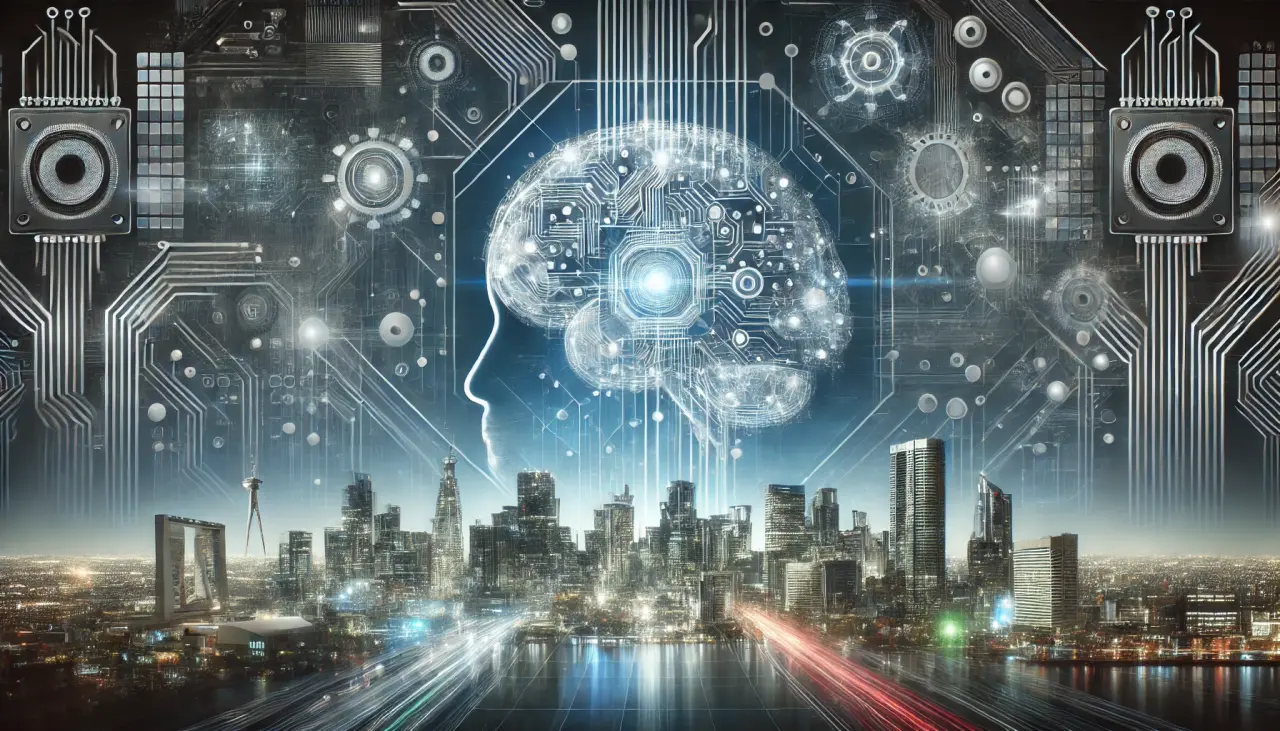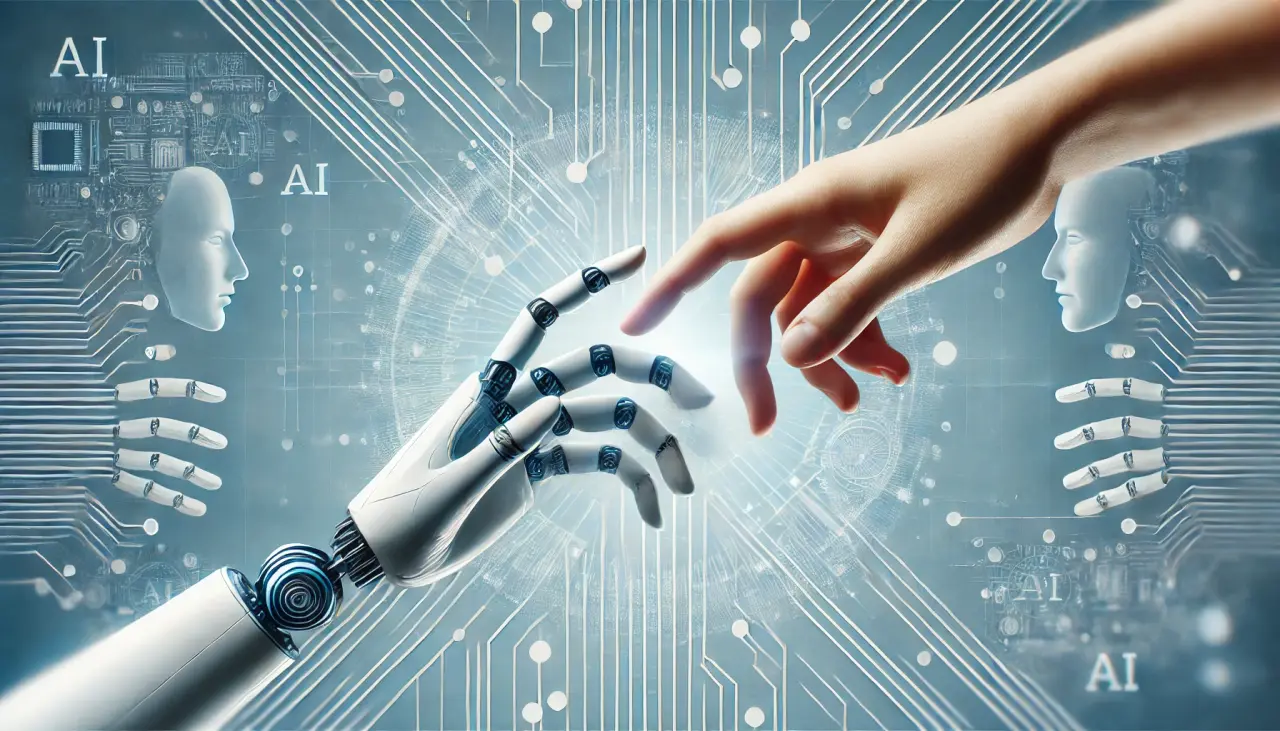The Rise of AI Tools: How Artificial Intelligence is Changing Our Daily Lives

Artificial Intelligence (AI) is no longer just a futuristic concept from sci-fi movies. It's here, and it’s changing the way we live, work, and interact with technology. From virtual assistants to automated tasks, AI is becoming a big part of our daily routines, even if we don’t always realize it. Let’s take a closer look at how AI is shaping the world around us in simple, practical ways.
What is AI?
In basic terms, AI refers to machines or software that can perform tasks that usually require human intelligence. These tasks include learning, problem-solving, recognizing speech, and even making decisions. AI systems get better over time as they are exposed to more data and tasks—just like how we humans learn from experience.
AI in Everyday Life
1. Virtual Assistants (Siri, Alexa, Google Assistant)
One of the most common AI tools we use today is virtual assistants. Whether it's Apple’s Siri, Amazon’s Alexa, or Google Assistant, these AI tools help us with simple tasks like setting reminders, playing music, or even answering questions.
Example: Let’s say you're driving and want to know what the weather will be like. Instead of pulling out your phone, you can simply ask, “Hey Siri, what’s the weather like today?” This is AI in action—understanding your voice, processing the question, and giving you an accurate answer.
2. Smart Home Devices
AI is also powering smart home gadgets that make life more convenient. Smart thermostats (like Nest) learn your heating and cooling preferences and adjust the temperature automatically to save energy. Smart lights can be programmed to turn on or off based on your routine, and even your security cameras use AI to detect unusual activity.
Example: If you usually leave for work at 8 AM, your smart thermostat might learn that and start adjusting the temperature before you leave to save energy while you're gone. This helps reduce your electricity bills while making sure your home stays comfortable.
3. Personalized Recommendations
Ever wonder how platforms like Netflix, YouTube, or Spotify know exactly what you want to watch or listen to? That’s AI working behind the scenes. These platforms use AI to analyze your behavior—what you’ve watched or listened to before—and then suggest content you might like.
Example: If you’ve been watching a lot of cooking shows on Netflix, the next time you log in, the platform might recommend a new food documentary or show because it "learns" from your choices.
4. AI in Customer Service
Many companies are now using AI chatbots to handle basic customer service tasks. These bots can answer questions, track orders, or help with simple issues like resetting a password. While these bots may not replace human workers completely, they help companies respond to customer inquiries faster and more efficiently.
Example: If you’ve ever used the chat feature on a website to get help with an issue, there’s a good chance you were speaking to an AI bot—especially if the responses came quickly and were very straightforward.

AI in the Future
While AI is already all around us, its potential is just beginning. In the future, we can expect even more advanced uses of AI in areas like:
- Healthcare: AI could help doctors diagnose diseases faster and more accurately by analyzing medical data.
- Transportation: Self-driving cars are on the horizon, and AI will play a major role in ensuring they operate safely.
- Education: AI-powered tutoring systems can offer personalized learning experiences for students, helping them understand concepts at their own pace.
Is AI Replacing Humans?
A common concern is that AI will take over human jobs. While it’s true that AI is automating many tasks, it’s also creating new opportunities. Many jobs will evolve to work alongside AI rather than be replaced by it. For instance, AI can handle repetitive tasks, freeing up humans to focus on more creative, complex, or strategic work.
Example: In the field of journalism, AI is already being used to write basic news reports about sports scores or stock market updates. However, human journalists are still essential for in-depth analysis and storytelling that require empathy and critical thinking—skills that AI can’t fully replicate.
Conclusion
AI is transforming our daily lives in ways we might not even notice, from smart homes and virtual assistants to personalized recommendations and customer service. As AI continues to advance, it will become an even more integrated part of how we live and work. But rather than replacing us, AI is helping us become more efficient, giving us more time to focus on what really matters.

Comments
Post a Comment